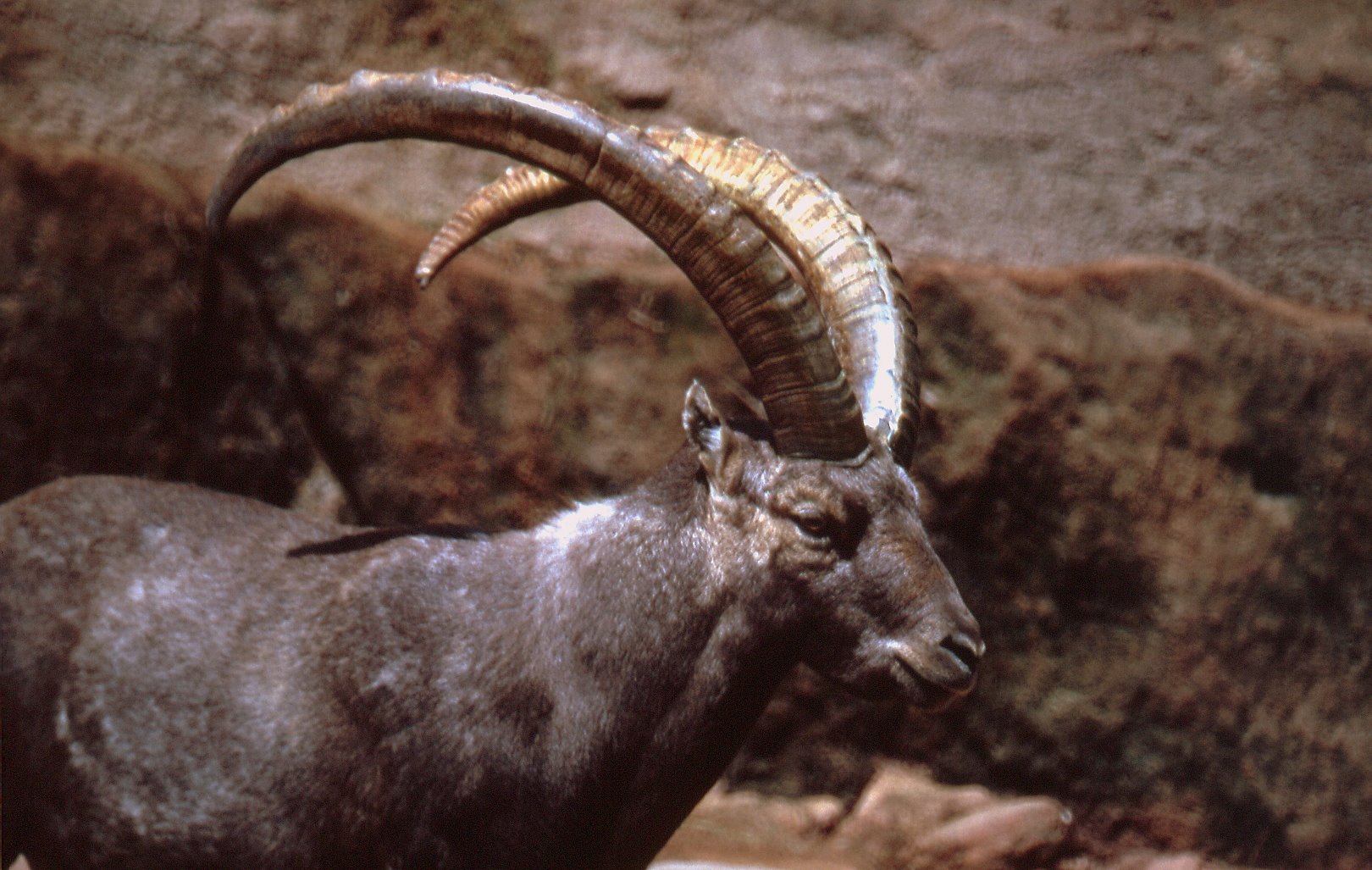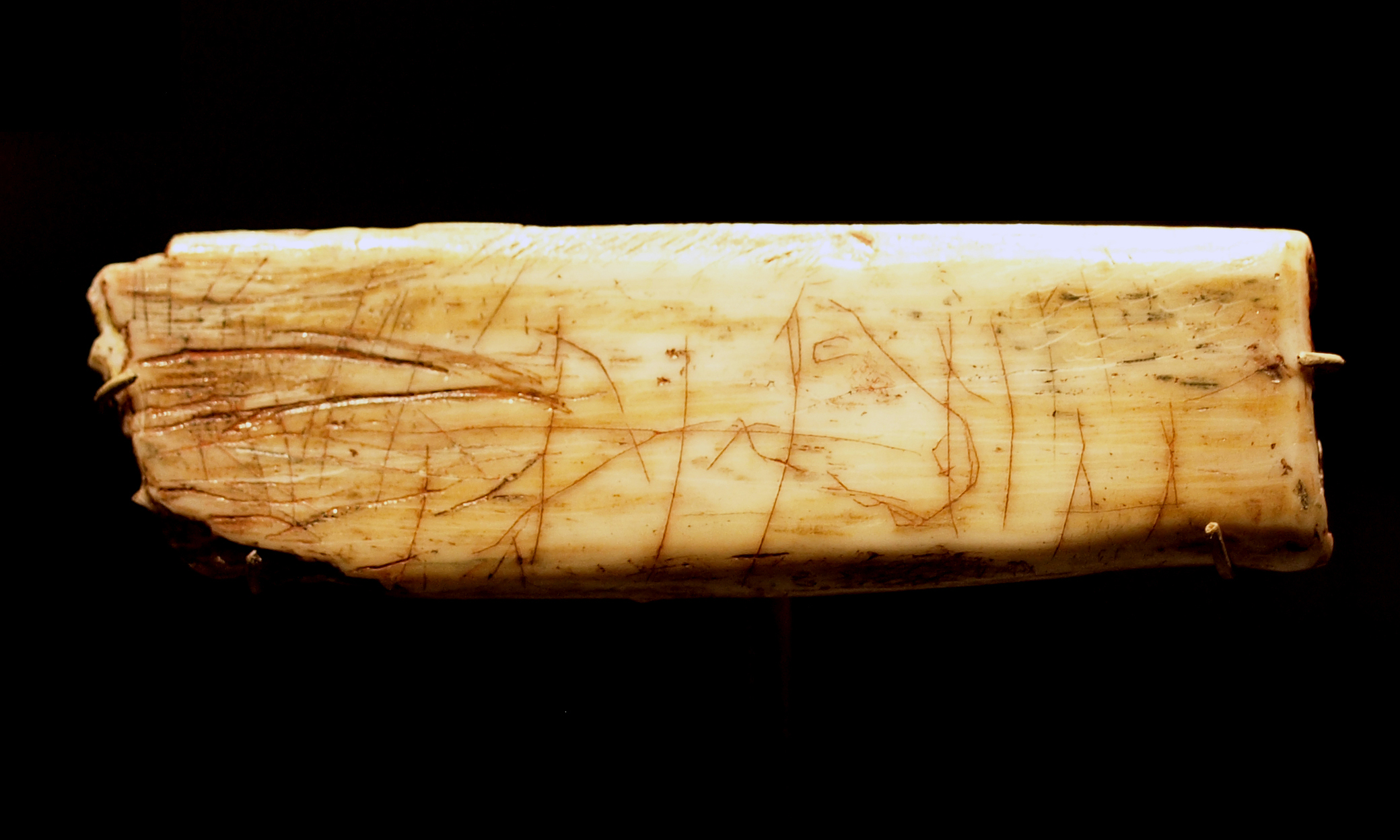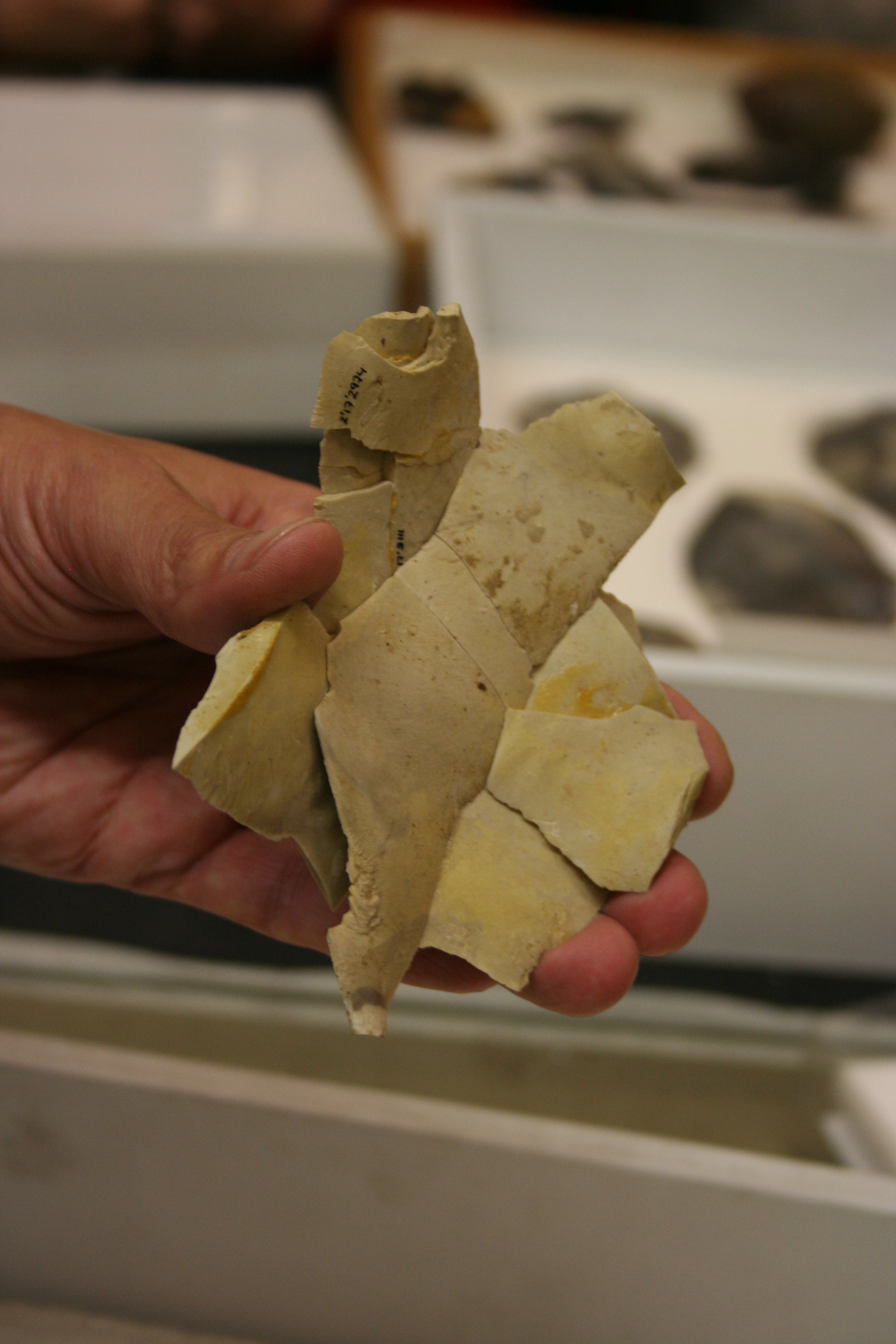|
Farndon, Nottinghamshire
Farndon is a small village and civil parish on the Fosse road, 2.5 miles (4 km) south-west of Newark-on-Trent, on the banks of the River Trent. The population of the civil parish as of the 2011 census is 2,405. The A46 previously ran through the village until the development of a new dual carriageway bypass. History The name Farndon means "Fern Hill". It is thought to be the site of the Roman fort Ad Pontem or ''"the place by the bridges."'' The village played a small part in the English Civil War. During the Siege of Newark in 1646, Farndon was occupied by a Parliamentarian regiment led by Sydnam Poyntz. In the 19th century, farming, malting, willow growing and basket making were the main source of employment for men and women. There was also a village blacksmith, butcher, baker, a general store, and a cobbler. Francis White's ''Directory of Nottinghamshire'' described Farndon in 1853 as follows: ''"Farndon is a well built village and parish on the Trent, 2 miles (3& ... [...More Info...] [...Related Items...] OR: [Wikipedia] [Google] [Baidu] |
Newark And Sherwood
Newark and Sherwood is a local government district and is the largest district in Nottinghamshire, England. The district was formed on 1 April 1974, by a merger of the municipal borough of Newark with Newark Rural District and Southwell Rural District. The district is predominantly rural, with some large forestry plantations, the ancient Sherwood Forest and the towns of Newark-on-Trent, Southwell and Ollerton. The council is based at Castle House, adjacent to Newark Castle Railway station, having previously used Kelham Hall in the nearby village of Kelham as its headquarters. Settlements Newark-on-Trent, together with Balderton, forms the largest urban area in the district. Newark-on-Trent has many important historic features including Newark Castle, St Mary's Magdalene Church, Georgian architecture and a defensive earthwork from the British Civil Wars. Other important towns in the district include Ollerton and Southwell which is home to Southwell Minster and Southwell ... [...More Info...] [...Related Items...] OR: [Wikipedia] [Google] [Baidu] |
Methodist Church Of Great Britain
The Methodist Church of Great Britain is a Protestantism, Protestant List of Christian denominations, Christian denomination in Britain, and the mother church to Methodism, Methodists worldwide. It participates in the World Methodist Council, and the World Council of Churches among other ecumenical associations. Methodism began primarily through the work of John Wesley (1703–1791), who led an evangelical Christian revival, revival in 18th-century Britain. An Anglican priest, Wesley adopted unconventional and controversial practices, such as open-air preaching, to reach factory labourers and newly urbanised masses uprooted from their traditional village culture at the start of the Industrial Revolution. His preaching centred upon the universality of God's Grace in Christianity, grace for all, the Sanctification, transforming effect of faith on character, and the possibility of Christian perfection, perfection in love during this life. He organised the new converts locally and in ... [...More Info...] [...Related Items...] OR: [Wikipedia] [Google] [Baidu] |
Ibex
An ibex (plural ibex, ibexes or ibices) is any of several species of wild goat (genus ''Capra''), distinguished by the male's large recurved horns, which are transversely ridged in front. Ibex are found in Eurasia, North Africa and East Africa. The name ''ibex'' comes from Latin, borrowed from Iberian or Aquitanian, akin to Old Spanish ''bezerro'' "bull", modern Spanish ''becerro'' "yearling". Ranging in height from and weighing , ibex can live 20 years. Two closely related varieties of goats found in the wild are not usually called ibex: the markhor and the feral goat. A male ibex is referred to as a buck, a female is a doe, and young juveniles are called kids. An ibex buck is commonly larger and heavier than a doe. The most noticeable difference between the sexes is the larger size of a buck's horns. The doe grows a pair of smaller, thinner horns which develop considerably more slowly than those of a buck. The ibex's horns appear at birth and continue to grow through the r ... [...More Info...] [...Related Items...] OR: [Wikipedia] [Google] [Baidu] |
Creswell Crags
Creswell Crags is an enclosed limestone gorge on the border between Derbyshire and Nottinghamshire, England, near the villages of Creswell and Whitwell. The cliffs in the ravine contain several caves that were occupied during the last ice age, between around 43,000 and 10,000 years ago. Its caves contain the northernmost cave art in Europe. The evidence of occupation found in the rich series of sediments that accumulated over many thousands of years is regarded as internationally unique in demonstrating how prehistoric people managed to live at the extreme northernmost limits of their territory during the Late Pleistocene period. The caves contain occupation layers with evidence of flint tools from the Mousterian, proto-Solutrean, Creswellian and Maglemosian cultures. They were seasonally occupied by nomadic groups of people during the Upper Palaeolithic and Mesolithic periods. Evidence of Neolithic, Bronze Age, Roman and post-medieval activity has also been found there. T ... [...More Info...] [...Related Items...] OR: [Wikipedia] [Google] [Baidu] |
Gough's Cave
Gough's Cave ( ) is located in Cheddar Gorge on the Mendip Hills, in Cheddar, Somerset, England. The cave is deep and is long, and contains a variety of large chambers and rock formations. It contains the Cheddar Yeo, the largest underground river system in Britain. History The initial sections of the cave, previously known as Sand Hole, were accessible prior to the 19th century. Between 1892 and 1898 a retired sea captain, Richard Cox Gough, who lived in Lion House in Cheddar, found, excavated and opened to the public further areas of the cave, up to Diamond Chamber, which is the end of the show cave today. Electric lighting was installed in the show caves in 1899. – which also contains a detailed description of the cave. The cave is susceptible to flooding often lasting for up to 48 hours, however in the Great Flood of 1968 the flooding lasted for three days. The extensive flooded parts of the cave system were found and explored between 1985 and 1990. Human remains ... [...More Info...] [...Related Items...] OR: [Wikipedia] [Google] [Baidu] |
Optically Stimulated Luminescence
In physics, optically stimulated luminescence (OSL) is a method for measuring doses from ionizing radiation. It is used in at least two applications: * Luminescence dating of ancient materials: mainly geological sediments and sometimes fired pottery, bricks etc., although in the latter case thermoluminescence dating is used more often * Radiation dosimetry, which is the measurement of accumulated radiation dose in the tissues of health care, nuclear, research and other workers, as well as in building materials in regions of nuclear disaster The method makes use of electrons trapped between the valence and conduction bands in the crystalline structure of certain minerals (most commonly quartz and feldspar). The trapping sites are imperfections of the lattice — impurities or defects. The ionizing radiation produces electron-hole pairs: Electrons are in the conduction band and holes in the valence band. The electrons that have been excited to the conduction band may become entrap ... [...More Info...] [...Related Items...] OR: [Wikipedia] [Google] [Baidu] |
Knapping
Knapping is the shaping of flint, chert, obsidian, or other conchoidal fracturing stone through the process of lithic reduction to manufacture stone tools, strikers for flintlock firearms, or to produce flat-faced stones for building or facing walls, and flushwork decoration. The original Germanic term ''knopp'' meant to strike, shape, or work, so it could theoretically have referred equally well to making statues or dice. Modern usage is more specific, referring almost exclusively to the hand-tool pressure-flaking process pictured. It is distinguished from the more general verb "chip" (to break up into small pieces, or unintentionally break off a piece of something) and is different from "carve" (removing only part of a face), and "cleave" (breaking along a natural plane). Method Flintknapping or knapping is done in a variety of ways depending on the purpose of the final product. For stone tools and flintlock strikers, chert is worked using a fabricator such as a hammersto ... [...More Info...] [...Related Items...] OR: [Wikipedia] [Google] [Baidu] |
Debitage
In archaeology, debitage is all the material produced during the process of lithic reduction – the production of stone tools and weapons by knapping stone. This assemblage may include the different kinds of lithic flakes and lithic blades, but most often refers to the shatter and production debris, and production rejects. Debitage analysis Debitage analysis, a sub-field of lithic analysis, considers the entire lithic waste assemblage. The analysis is undertaken by investigating differing patterns of debris morphology, size, and shape, among other things. This allows researchers to make more accurate assumptions regarding the purpose of the lithic reduction. Quarrying activities, core reduction, biface creation, tool manufacture, and retooling are believed to leave significantly different debitage assemblages. Lithic manufacture from a quarried source, or from found cobbles also leave different signatures. Some claim that they can determine the sort of tools used to crea ... [...More Info...] [...Related Items...] OR: [Wikipedia] [Google] [Baidu] |
Prehistoric Britain
Several species of humans have intermittently occupied Great Britain for almost a million years. The earliest evidence of human occupation around 900,000 years ago is at Happisburgh on the Norfolk coast, with stone tools and footprints probably made by ''Homo antecessor''. The oldest human fossils, around 500,000 years old, are of ''Homo heidelbergensis'' at Boxgrove in Sussex. Until this time Britain had been permanently connected to the Continent by a chalk ridge between South East England and northern France called the Weald-Artois Anticline, but during the Anglian Glaciation around 425,000 years ago a megaflood broke through the ridge, and Britain became an island when sea levels rose during the following Hoxnian interglacial. Fossils of very early Neanderthals dating to around 400,000 years ago have been found at Swanscombe in Kent, and of classic Neanderthals about 225,000 years old at Pontnewydd in Wales. Britain was unoccupied by humans between 180,000 and 60,000 yea ... [...More Info...] [...Related Items...] OR: [Wikipedia] [Google] [Baidu] |
River Devon, Nottinghamshire
The River Devon is a tributary of the River Trent, which rises in Leicestershire and joins the Trent at Newark in Nottinghamshire, England. In its upper reaches, it supplies Knipton Reservoir, which was built to supply water to the Grantham Canal, and Belvoir Lakes, designed by Capability Brown. It passes under the Grantham Canal, and then through Bottesford, where it is spanned by five railway bridges, only one of which is still used for its original purpose. On the outskirts of Newark, it passes by two Civil War structures, and just before it joins the Trent it becomes navigable, with a marina located on the west bank. Its name is pronounced "Deevon", ''not'' as spelt. Hydrology The river has a catchment of and had an average flow of 29.8 million gallons (135.6 Megalitres) per day, measured at the gauging station in Cotham, near the mouth. However, the gauging station was closed in 1978, due to doubts about the reliability of its measurements, and there is currently no gaug ... [...More Info...] [...Related Items...] OR: [Wikipedia] [Google] [Baidu] |
Anglo-Saxons
The Anglo-Saxons were a Cultural identity, cultural group who inhabited England in the Early Middle Ages. They traced their origins to settlers who came to Britain from mainland Europe in the 5th century. However, the ethnogenesis of the Anglo-Saxons happened within Britain, and the identity was not merely imported. Anglo-Saxon identity arose from interaction between incoming groups from several Germanic peoples, Germanic tribes, both amongst themselves, and with Celtic Britons, indigenous Britons. Many of the natives, over time, adopted Anglo-Saxon culture and language and were assimilated. The Anglo-Saxons established the concept, and the Kingdom of England, Kingdom, of England, and though the modern English language owes somewhat less than 26% of its words to their language, this includes the vast majority of words used in everyday speech. Historically, the Anglo-Saxon period denotes the period in Britain between about 450 and 1066, after Anglo-Saxon settlement of Britain, th ... [...More Info...] [...Related Items...] OR: [Wikipedia] [Google] [Baidu] |
Queen Elizabeth I
Elizabeth I (7 September 153324 March 1603) was Queen of England and Ireland from 17 November 1558 until her death in 1603. Elizabeth was the last of the five House of Tudor monarchs and is sometimes referred to as the "Virgin Queen". Elizabeth was the daughter of Henry VIII and Anne Boleyn, his second wife, who was executed when Elizabeth was two years old. Anne's marriage to Henry was annulled, and Elizabeth was for a time declared illegitimate. Her half-brother Edward VI ruled until his death in 1553, bequeathing the crown to Lady Jane Grey and ignoring the claims of his two half-sisters, the Catholic Mary and the younger Elizabeth, in spite of statute law to the contrary. Edward's will was set aside and Mary became queen, deposing Lady Jane Grey. During Mary's reign, Elizabeth was imprisoned for nearly a year on suspicion of supporting Protestant rebels. Upon her half-sister's death in 1558, Elizabeth succeeded to the throne and set out to rule by good counsel. She ... [...More Info...] [...Related Items...] OR: [Wikipedia] [Google] [Baidu] |






.jpg)



